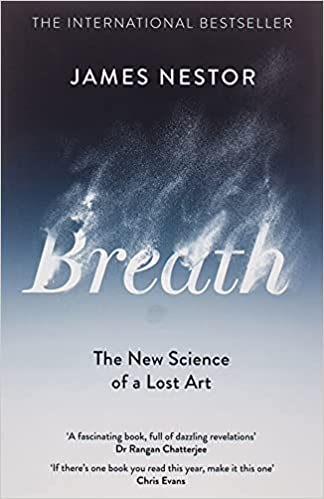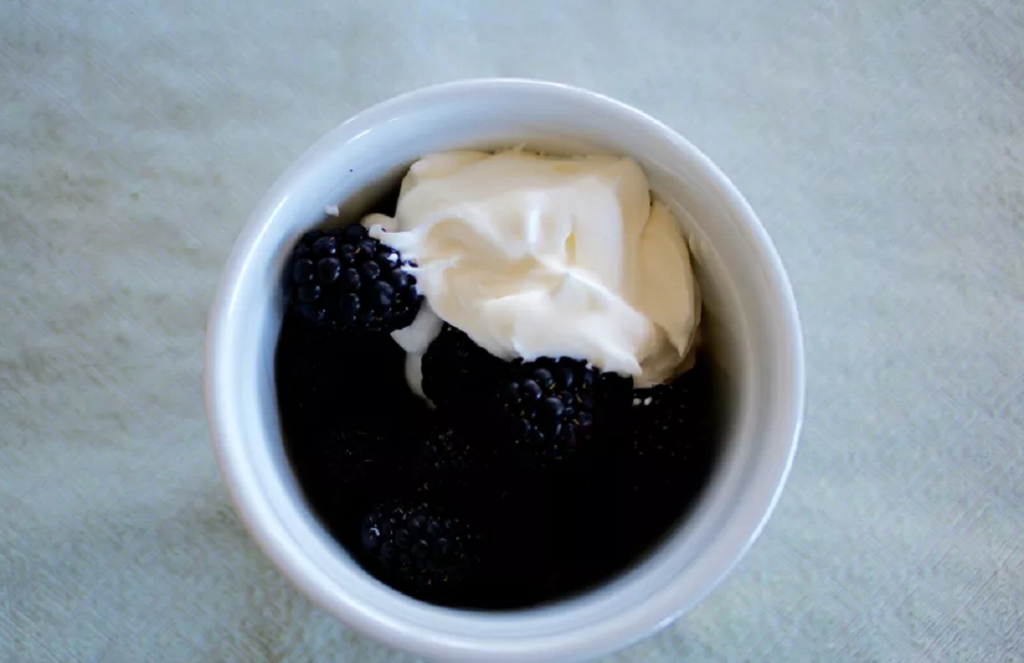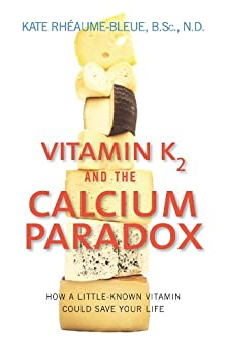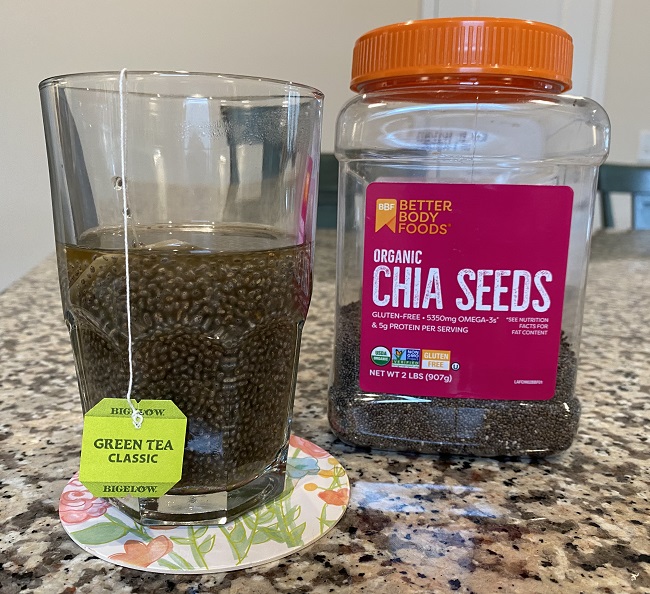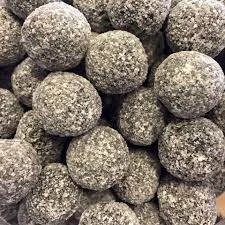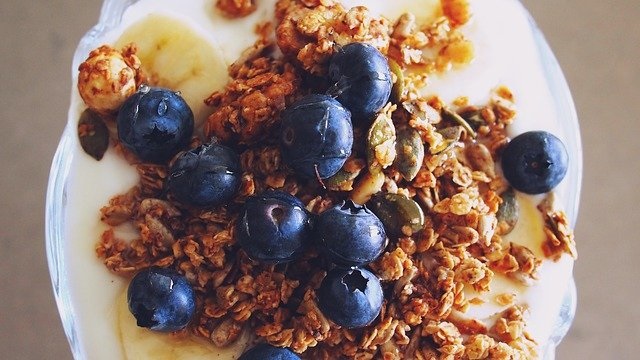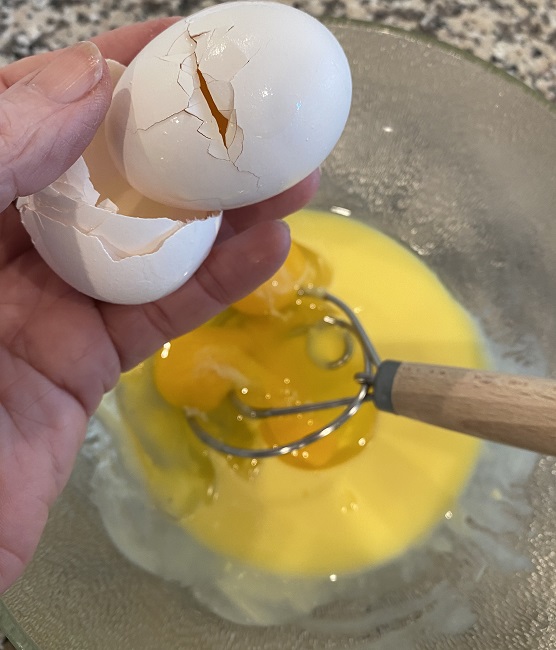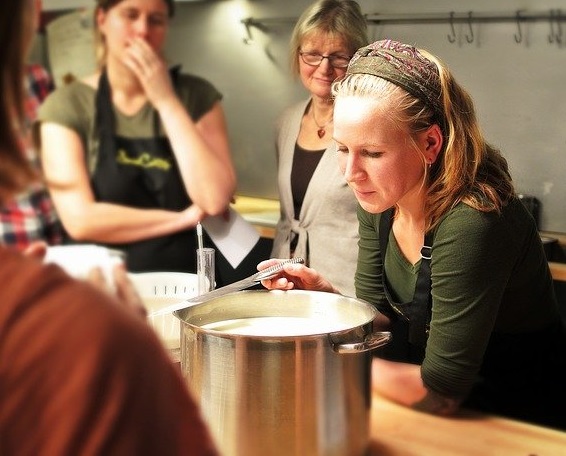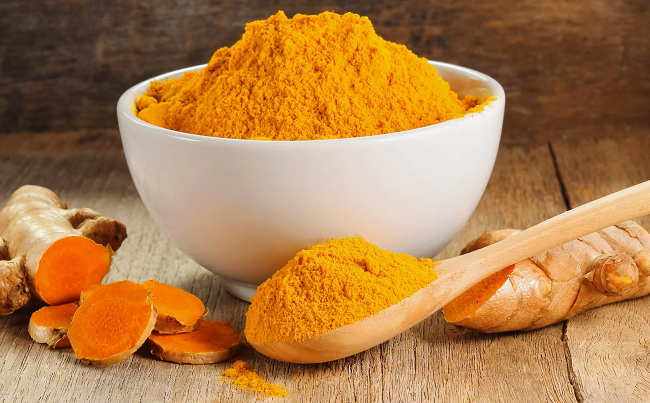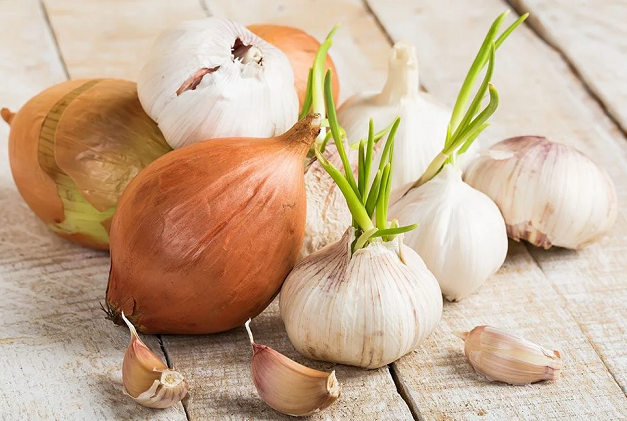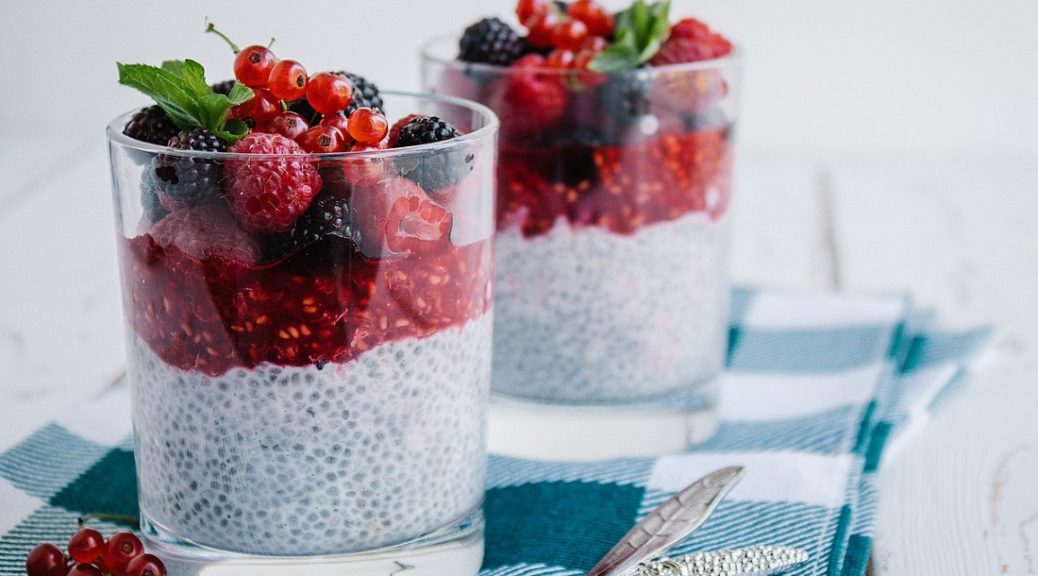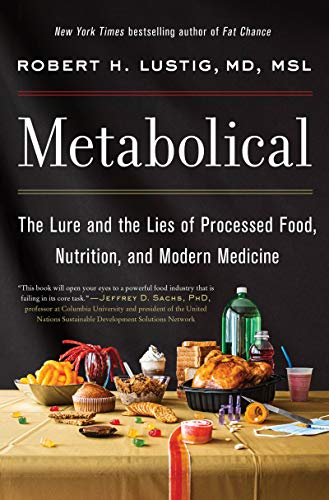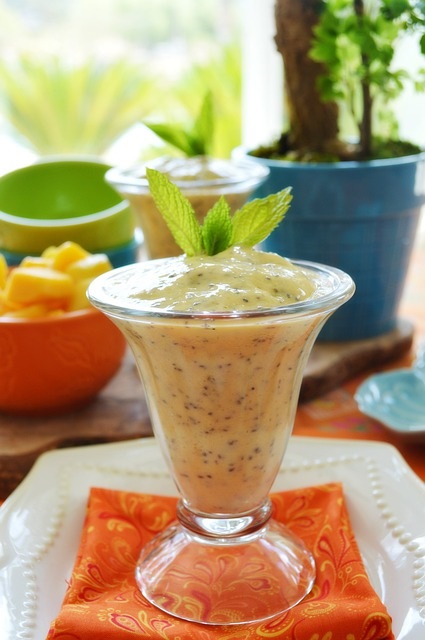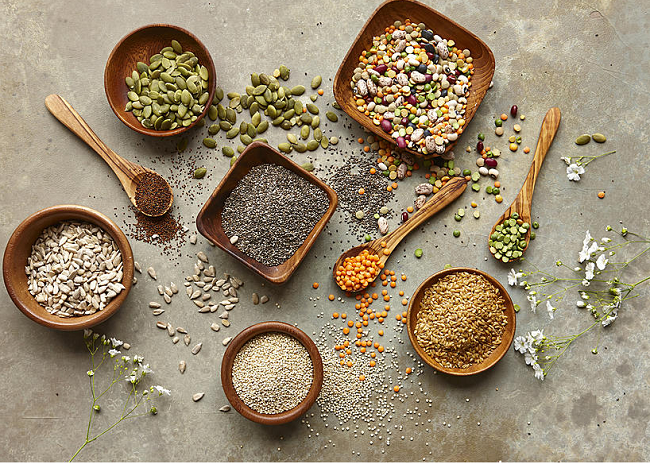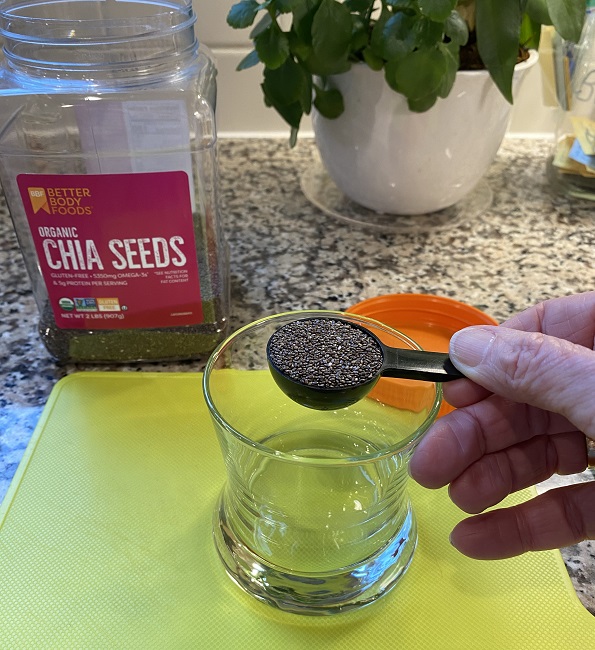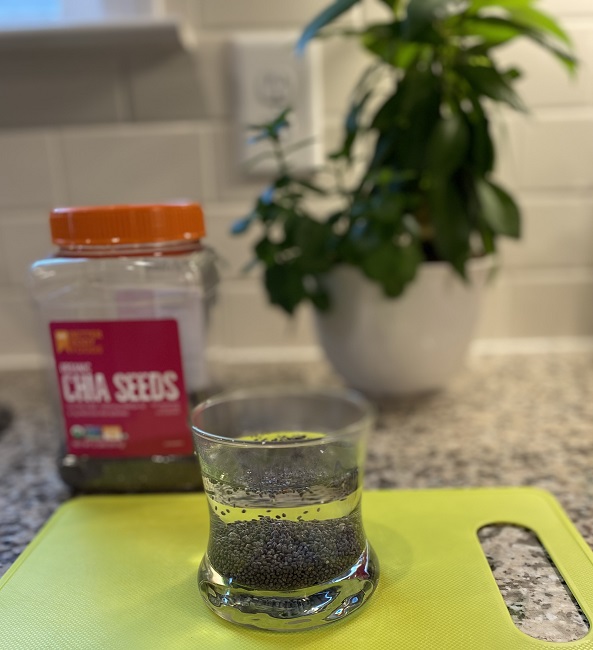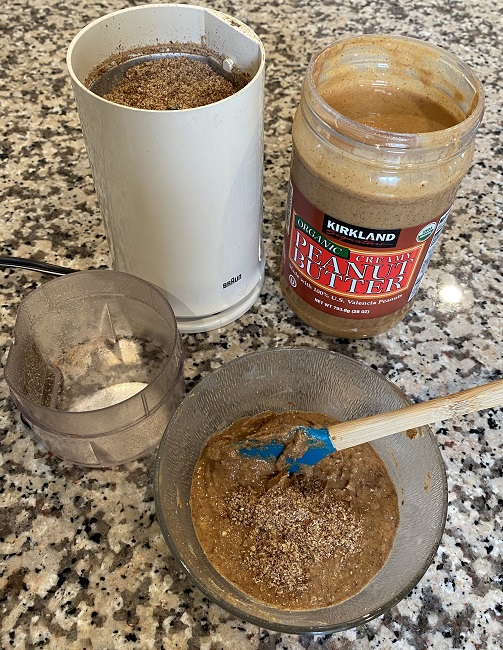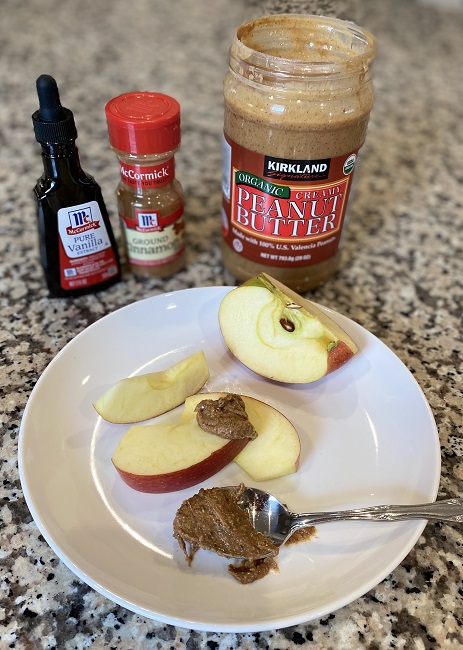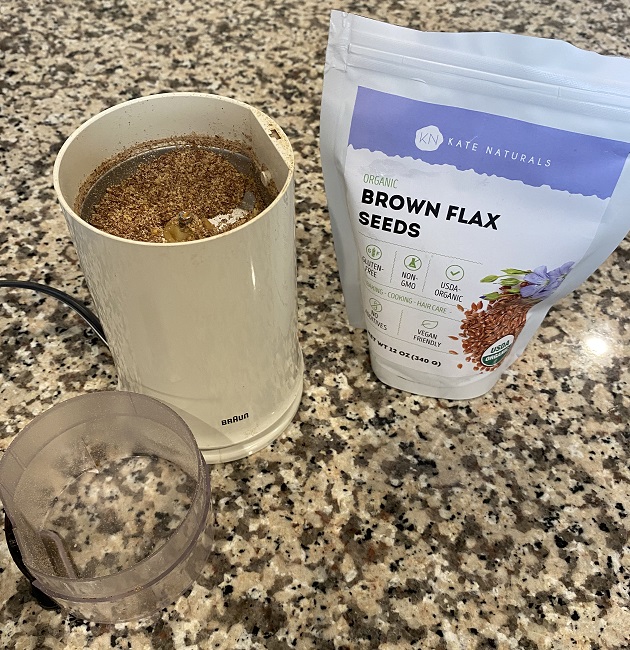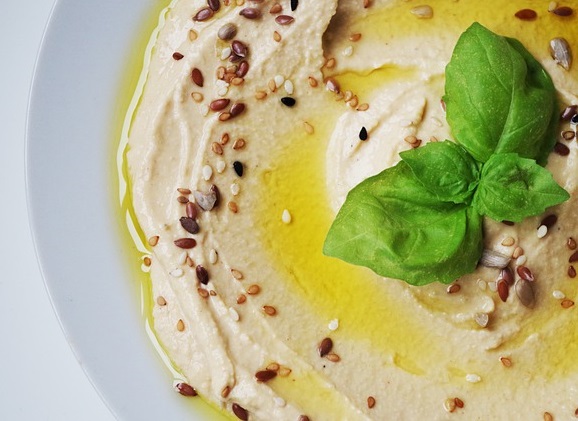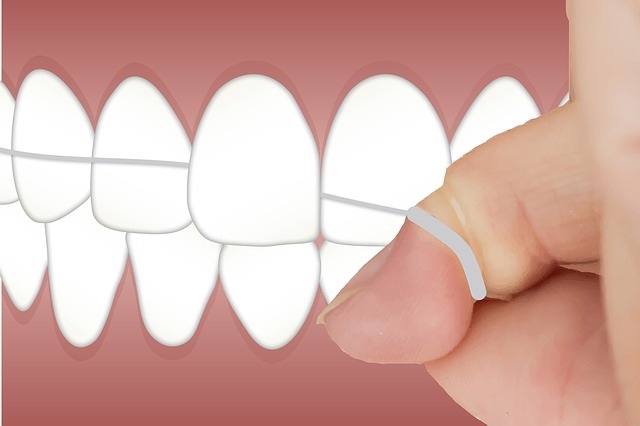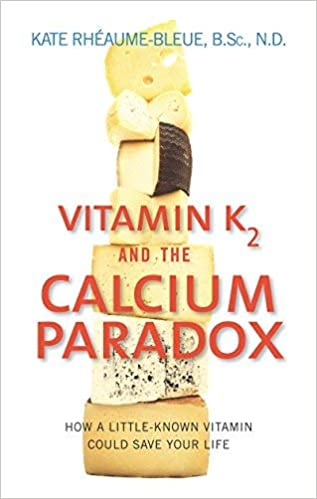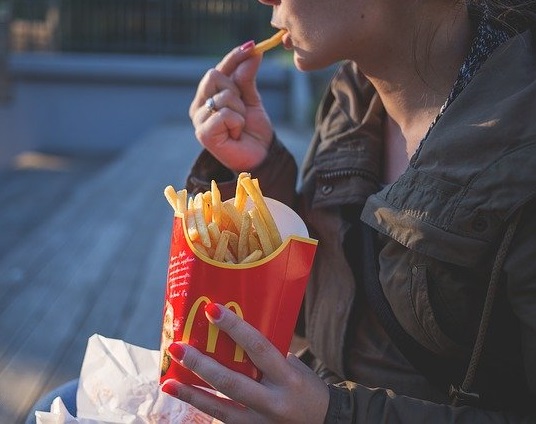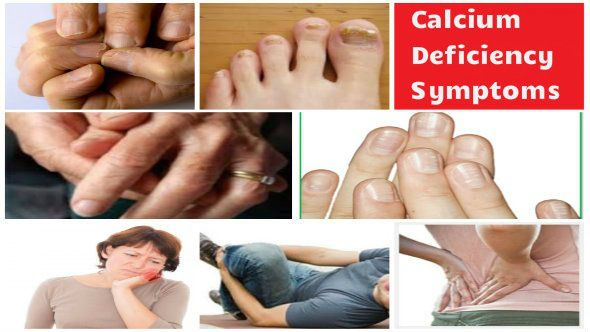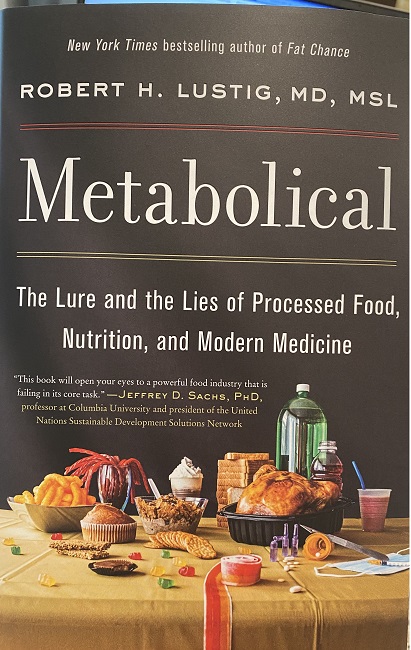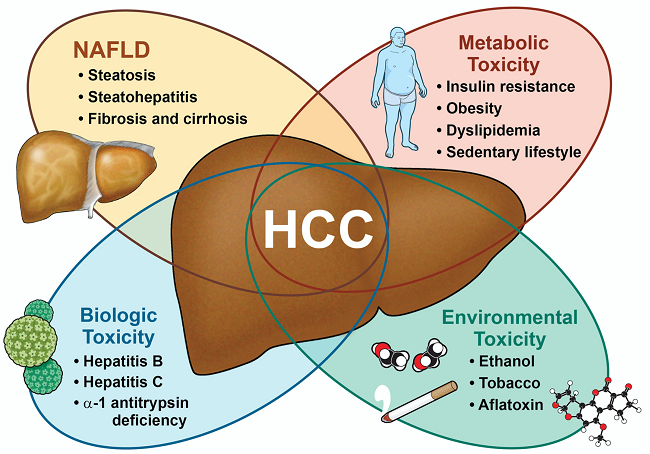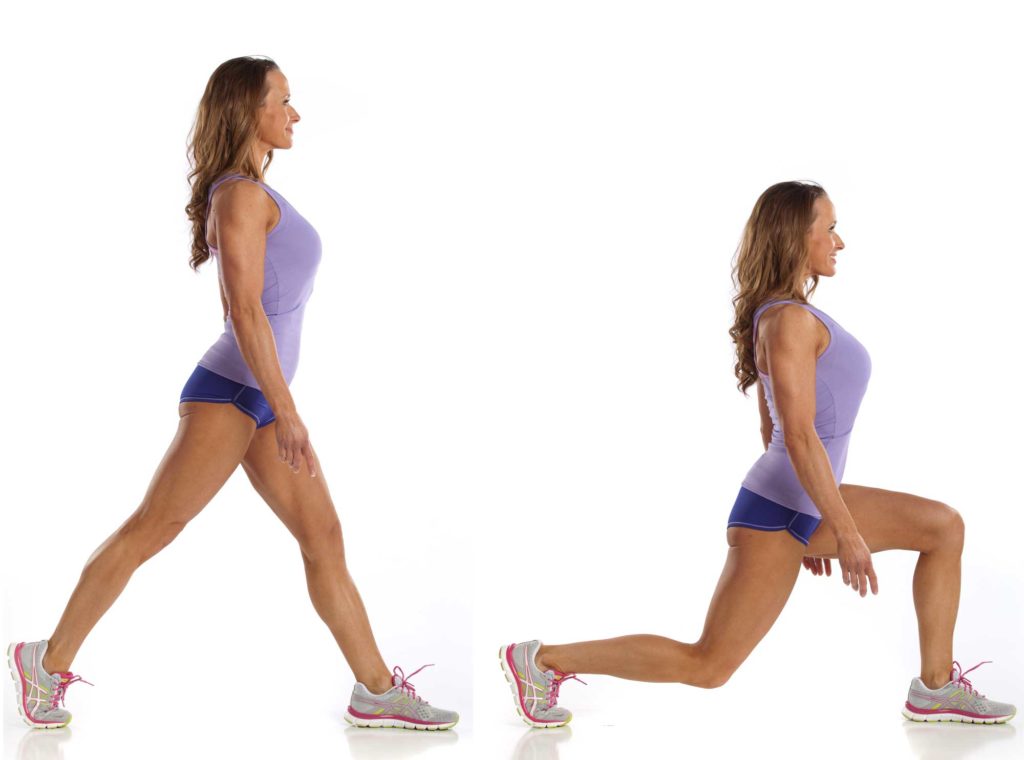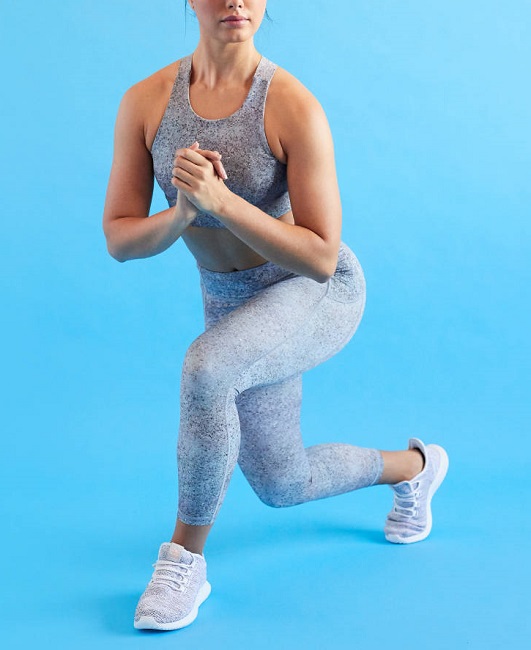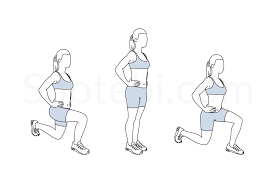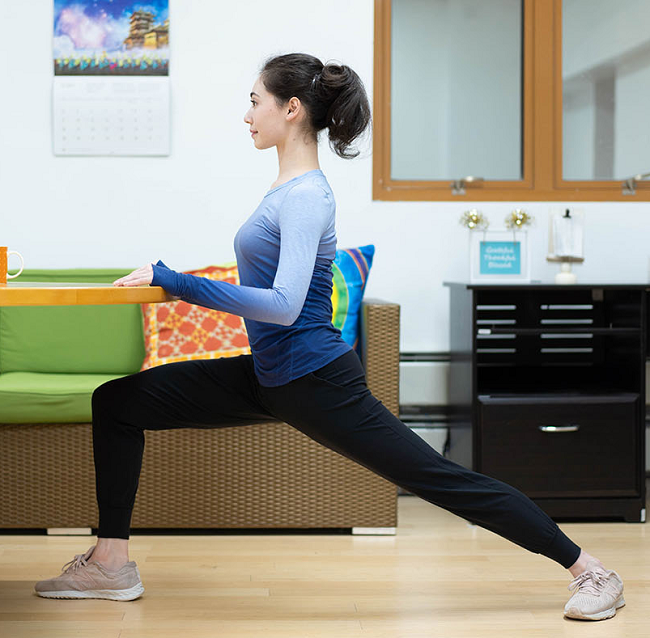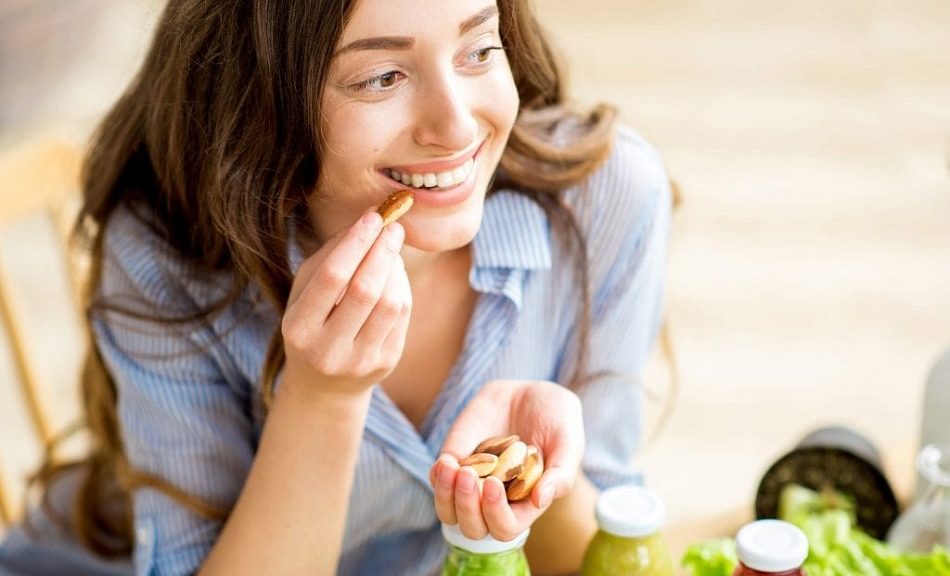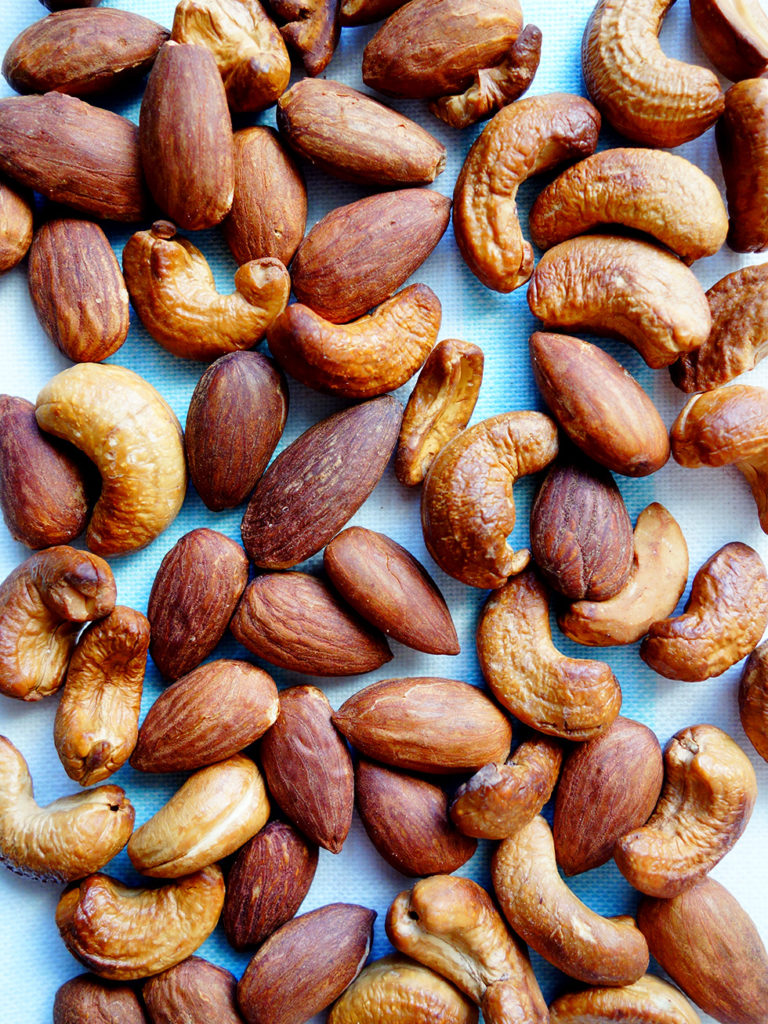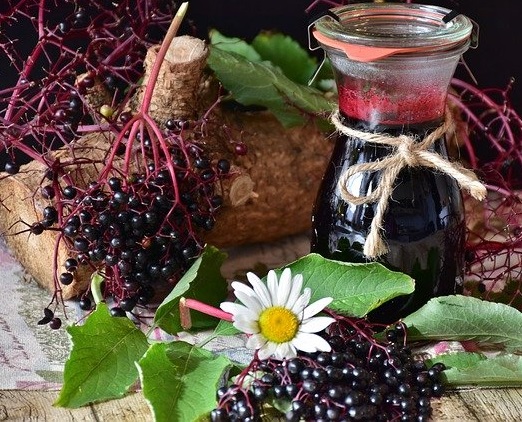Today, exactly 8 years ago, foodtalk4you.com was born.
We have covered quite an assortment of topics over the years – all to uplift and edify those who knew there must be a more natural way to get and stay healthy.
Research in the last 12 months has revealed new paths to self-renewal that I have shared with you. As a nod to our anniversary number, here are what I believe are our top 8 by reader popularity.
- Last April, I introduced you to Breath – The New Science of a Lost Art, by James Nestor, which sets the stage for optimal health through how we breathe. Who knew our very anatomy and physiology would be so dependent upon how we get air into our bodies? Nestor dramatically shows how he reversed his mouth breathing and a host of common health problems. All breathers should read this book.
- A post in May shared how to do a Body Scan prior to, and just after, exercise. Why did this make the top 8? Because this easy 2-minute body scan is yet another way to be more mindful of our bodies. Our thoughts are so often directed away from ourselves that we seldom “check in” with how we are doing.
- The Creamy (Vinaigrette) Dressing recipe shared in July is a versatile year-round favorite with easy to do homemade goodness that eliminates the chemicals found in store-bought brands.
- Combining two posts featuring crockpot soups from Creamy Fascination and Game Day Crock Pot Soup , we are reminded that home cooking from scratch can involve minimal preparation and effort yet yield wholesome goodness.
- With supplies as simple as a fine-tipped pen and a shading pencil, creating a relaxing artistic process with little-to-no skills was shared in October with Zentangles. How I love to grab a small piece of paper to practice organized doodling. There are Facebook groups, ZIA Tangling for beginners and Zen Tangle 101 to learn and share – including how people are managing their personal limitations by exploring this art form.
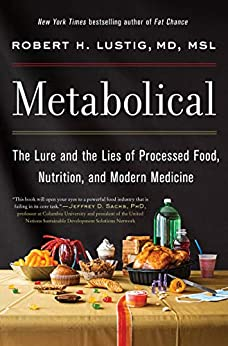
- My foray into a better understanding of how to avoid human infirmities started off in 2022 when I discovered Metabolical by Robert H. Lustig, MD. Lustig is putting things together for me with more clarity than I’ve read before. If you believe we are designed for health like I do, this one is for you. It set the stage for me to read the eighth article in our list.
- Whether you are a person of faith or not, the writings of John Roedel in his Hey, God, and, Remedy, books speak to the souls of anyone who has ever had self-doubt, trauma, depression, or personal angst of any sort with words of understanding and compassion. Both of his books provide me with a helping hand that comes through the page and into my own.
- I saved the best for last. The one written resource that is improving my natural health is undoubtedly, Vitamin K and the Calcium Paradox. As shared in early March, I am learning about, not just one vitamin, but several. There will be more posts about this in the future, but by applying the wisdom from this one book, you could save your life.
That is our top 8. Sheree and I hope you have enjoyed FoodTalk4You so far and you have learned helpful knowledge over the years to improve your health.
You keep reading and we’ll keep sharing!!
In health-
Deidre
If you found this useful, please share with someone using the MORE button options below. Thanks.
As an Amazon Associate, I earn from qualifying purchases.



